If you allow your Indian Runner Ducks to eat anything, they may lose their appetite and collapse soon because of a bad diet.
Though these ducks may initially seem timid or high-strung, keepers can handle and feed them well when they feel safe and comfortable in their environment.
A balanced diet helps Indian runners get proper nutrition for their health instead of random feedings. So here is a feeding guide for you!
Natural Diet of Indian Runner Ducks
Indian Runners are excellent walkers and foragers in the wild.
They are adaptable and prefer wetlands and damp settings for food and play. They strain their beaks, dig, and filter food from the mud and water.
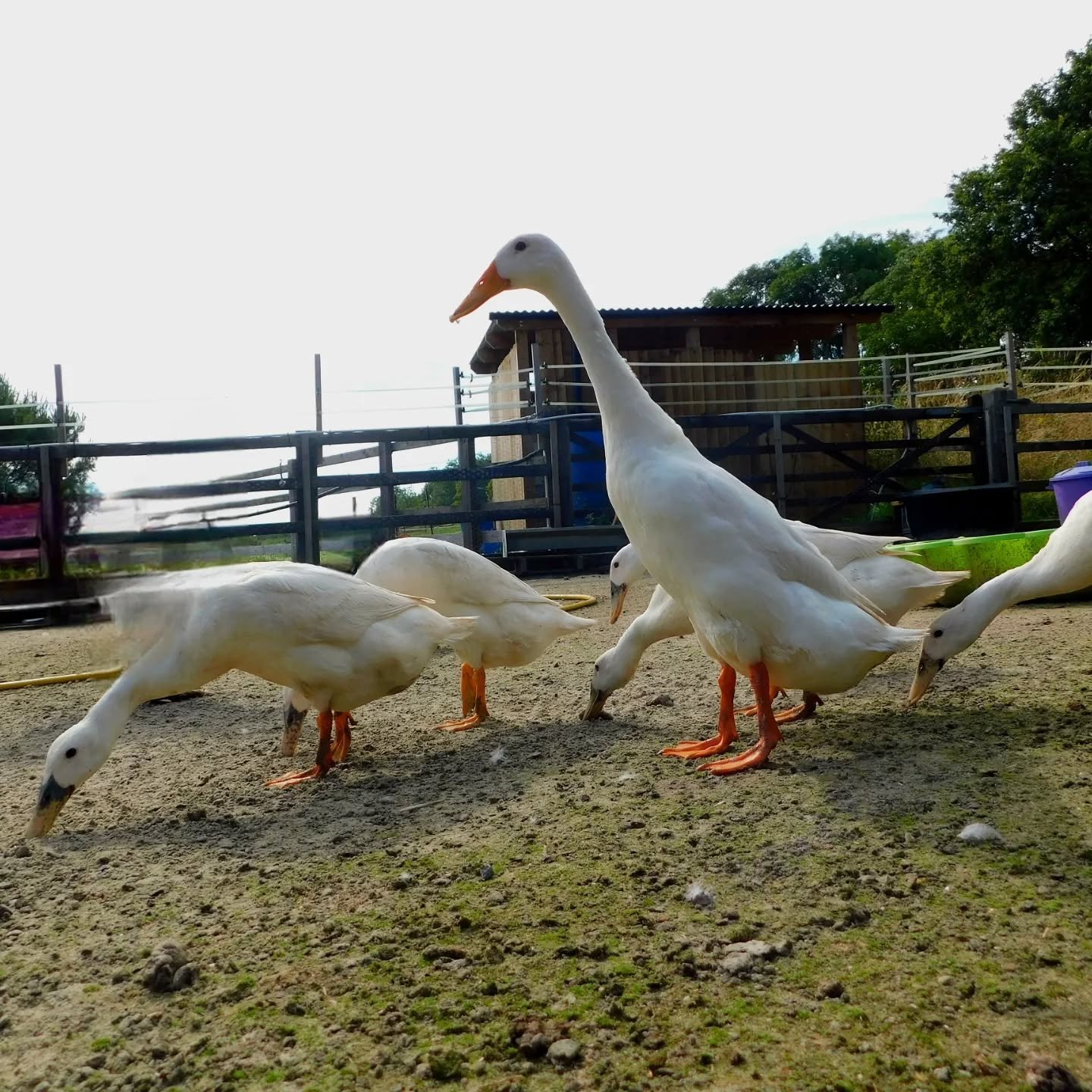
These runners glean everything edible that comes their way, ranging from plants to small creatures.
Indian Runner ducks eat leafy greens, especially young plants. They also like aquatic plants and algae.
Besides, they also eat insects, such as mosquitoes, spiders, flies, and ticks, found in the grass, stream, and garden. They feed on earthworms and other worms, such as crickets, minnows, slugs, and snails.
The runners also catch small fish and tadpoles in the pond water.
Farmers use these birds in the polyculture and duck rice farming in Asian regions, including China, Indonesia, and the Philippines.
Indian Runners are free to go to the paddy field during the day. They trample the weeds, feed on pests, and leave manure for the fertilizer.
In the twilight, ducks are trained to herd back to the coop near the ponds.
This way, farmers can raise ducks and produce rice alongside.
Their natural diet also depends on seasonal variations. For example, they easily get earthworms in the rainy season.
In winter, they search for seeds and grains in the field.
Best Foods to Feed Indian Runner Ducks at Home
Their hunger for food can lead Indian Runners to eat anything their way. But foods rich in proteins, fats, calcium, and phosphorus are needed for meat and egg production.
Grains and Seeds
Unlike random kernels, selected grains and seeds offer ducks a higher nutritional value.
They contain Vitamin B, Vitamin E, and Phosphorus. Give whole grains and seeds for ducks to forage and shallow foods. If cracked, separate only 10 % of the diet.
You can offer wheat, corn, oats, sunflower seeds, and pumpkin seeds
Vegetables and Greens
Fresh greens contain Vitamin E, vital for a duck’s immunity, with additional Vitamin A and Calcium.
If you have a backyard garden or front yard, release your Runners to feed on natural plants. Make sure that you have not applied herbicides or pesticides.

You can offer the following!
- Lettuce
- Kale
- Peas
- Duckweed
Protein Sources
Protein contains amino acids that help ducks grow muscles and feathers.
Overall, it promotes healthy growth and supports egg production. Young ducklings need protein-rich foods. However, avoid feeding too much protein to avoid issues like wing deformities.
Live or dried mealworms, earthworms, cooked eggs, small fish, fish scraps, or shrimp shells can be good sources of protein.
Commercial Feed
There are several all-flock feeds, but you need to choose duck-specific crumbles and pellets in the market. They claim to offer niacin for growing and adult ducks.
These feeds have crude protein, fat, and fiber.
When buying high-quality feed, inspect the packets for not more than 18% protein and additional vitamins, minerals, and probiotics.
Feeding Indian Runners During Different Life Stages
Ducklings
After hatching, you need to give ducklings starter feed. They have a large appetite and can be voracious in turning on additives.
So, duck feeds are good to go as they are addictive and free of coccidiostats.
The young ducklings require around 20% protein for 3 weeks. Then, you can introduce them to duck grower pallets with lower protein content.

Always add water to dry foods before offering them to ducks. Otherwise, they feel choked.
Growers
At four weeks, runners are happy with 100% grower-size pellets. Remember, a protein content of 15% is high for growers.
It is the right time to add wheat to their diet when ducks are at 5 weeks. Wheat can offer grit.
I recommend mixing wheat at a half ration of the whole diet when growers are at 10 weeks. You can continue the same diet until the Runners are 16 weeks old.
Adults
After 16 weeks, you can raise the wheat portion of the diet. Especially, drakes like eating wheat.
In adulthood, ducks require less protein than ducklings; 18% is enough.
Indian Runner Ducks are good for meat and egg production, and making natural pest controllers. So, they are active and alert, requiring a balanced diet.
Laying Ducks
Indian Runner Ducks lay 300 to 350 eggs a year. And they start laying eggs at the age of 20 and 24 weeks.
So, you can feed the laying ducks with layers of pellets containing calcium and phosphorus. Check if the pallet has about 16-18% of protein content.
But drakes don’t need the extra protein and calcium that layer feed offers. So, they will be fine with more than half a portion of wheat in the diet.
Laying ducks may need 6-8 ounces of feed per head.
Foods to Avoid for Indian Runner Ducks
In the natural setting, cardinal flowers, cherry trees, gooseberries, sweet peas, milkweed, etc., can be toxic to Indian Runners.
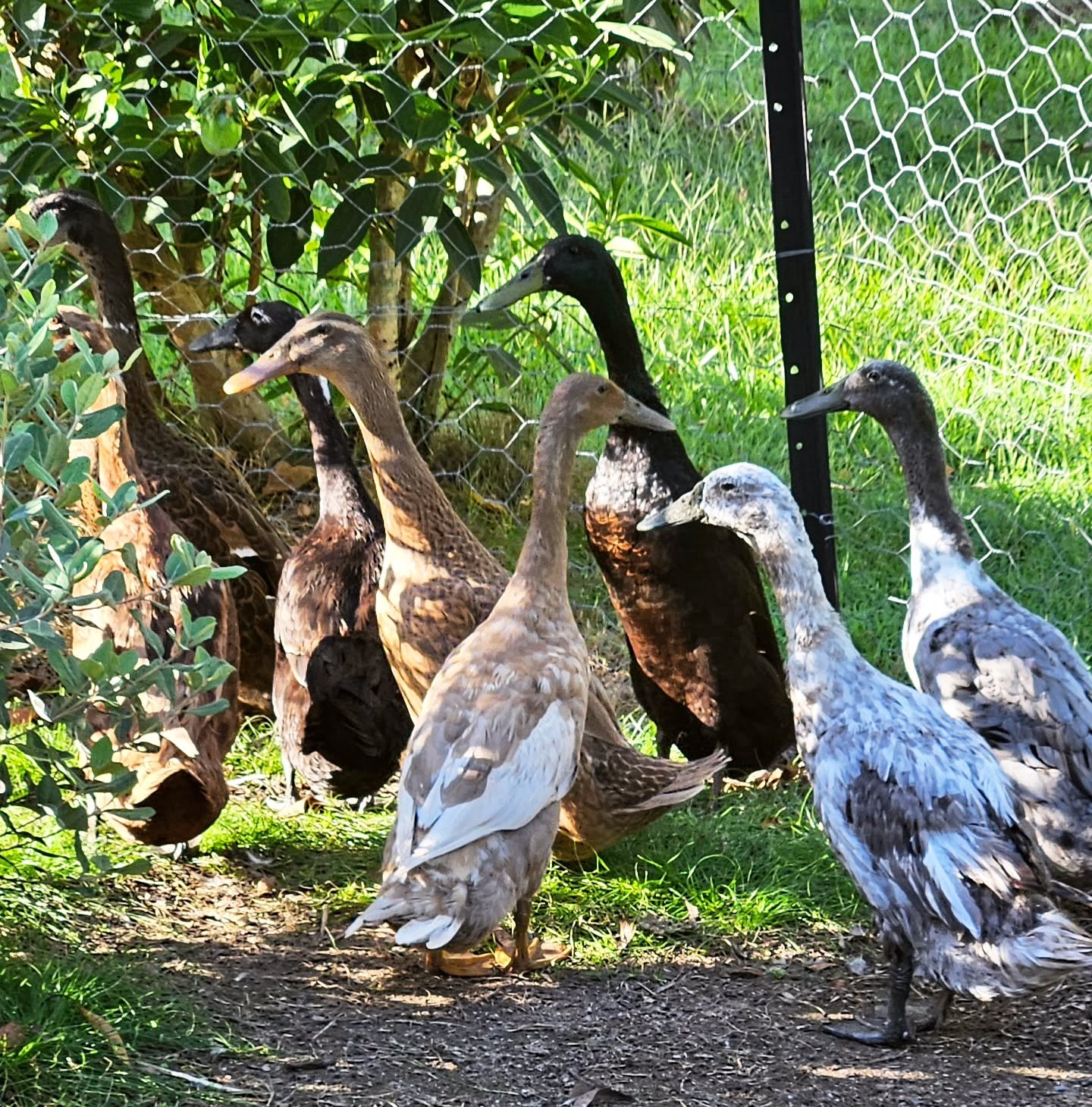
Also, portions of large bites can lead to several health issues, such as diarrhea, excessive thirst, or sudden stillness.
- Here are some common foods that are harmful.
- Avocado
- Chocolate, Crisps, Popcorn
- Onions, Eggplant, Pepper leaves, Green Potatoes, and Tomatoes
- Raw or cooked beans,
- Citrus fruits
- Tea or Coffee
- Salt, Alcohol
- Iceberg lettuce, Spinach, Rhubarb leaves
Feeding Tips for Indian Runner Ducks
If you want Indian Runner Ducks to live long, you need to take care of their diet and living standards.
Indian Runner Ducks eat 4–6 ounces of feed per day. I suggest you repeat feeding twice per day with a slightly smaller portion in the morning.
So, they may need 110- 130 pounds in a year.
Always avoid crackers or salty, sugary, and fatty foods for ducks. Also, Ducks can’t swallow nuts and large seeds.
You can boost the anti-inflammatory values of duck by mixing flaxweed, turmeric sprinkled, and chopped grapes.
Besides, ducks do well with chopped or powdered garlic to avoid worm infestations.
If you use stored or packaged food, do not offer foods that are more than 3 months old. Expired, old, wet, or moist food for a long time turns rancid or moldy.
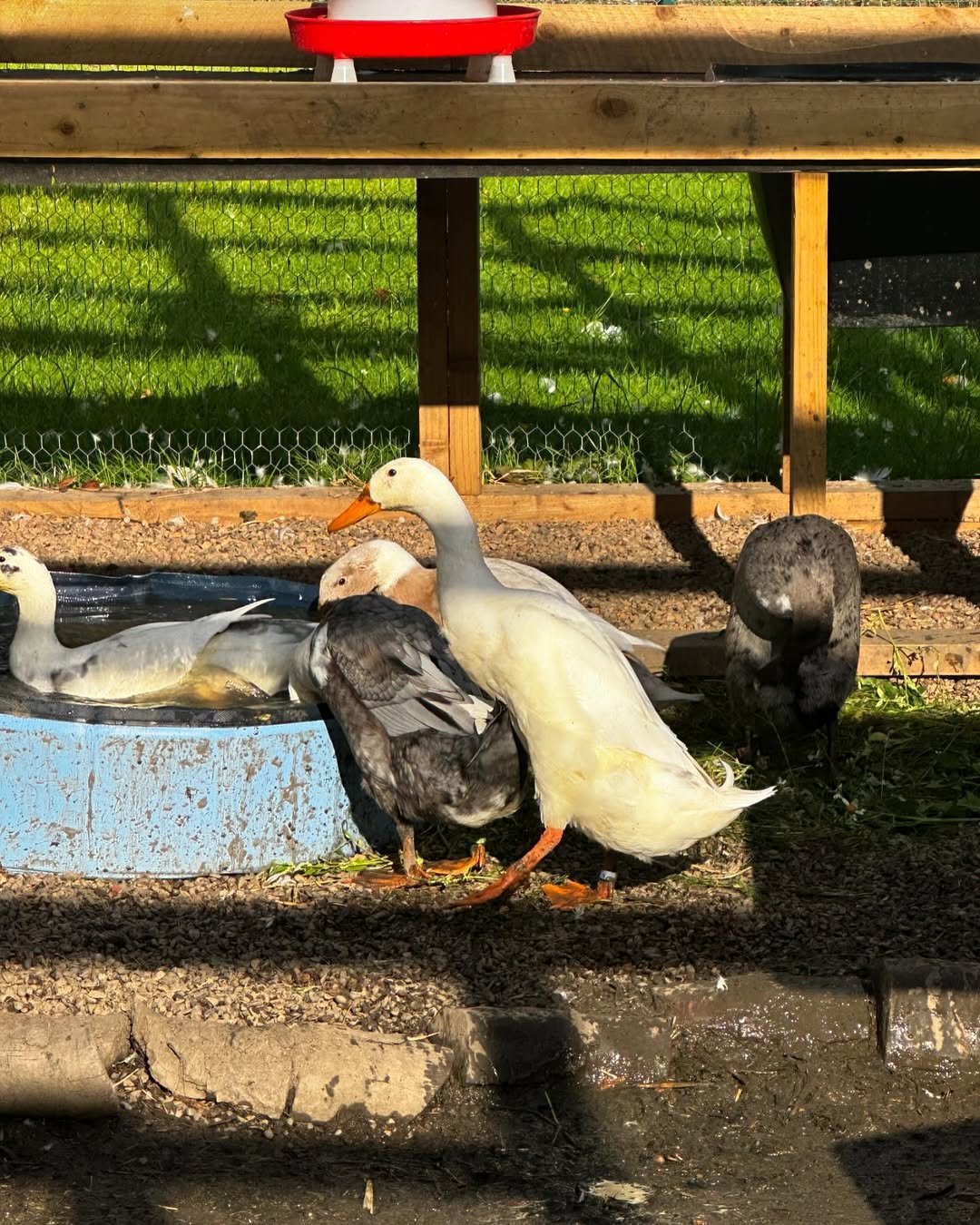
Ducks are susceptible to botulism, so you need to provide them with clean, fresh, and well-aerated water.
Treats and Snacks for Indian Runner Ducks
You can offer treats and snacks occasionally to make your Runners happy and motivated during their training. Make sure these feeds are not more than 10% of the whole diet.
Vegetables: Broccoli, cucumbers, zucchini, cabbage, squash, etc.
Fruits: Sliced apples, pears, peaches (without seeds), berries, watermelon, romaine, bananas, grapes, etc.
Final Thoughts
A proper diet not only helps Indian Runner Ducks satisfy their hunger but also helps boost meat and egg production.
These runners can also be excellent natural pest control in gardens and farms, contributing to a healthy ecosystem.
Wheat is a superhero food for Indian Runners, which you can feed adult ducks throughout the year.
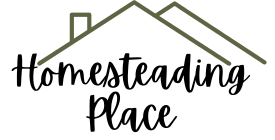


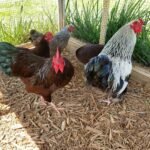

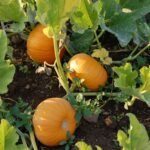



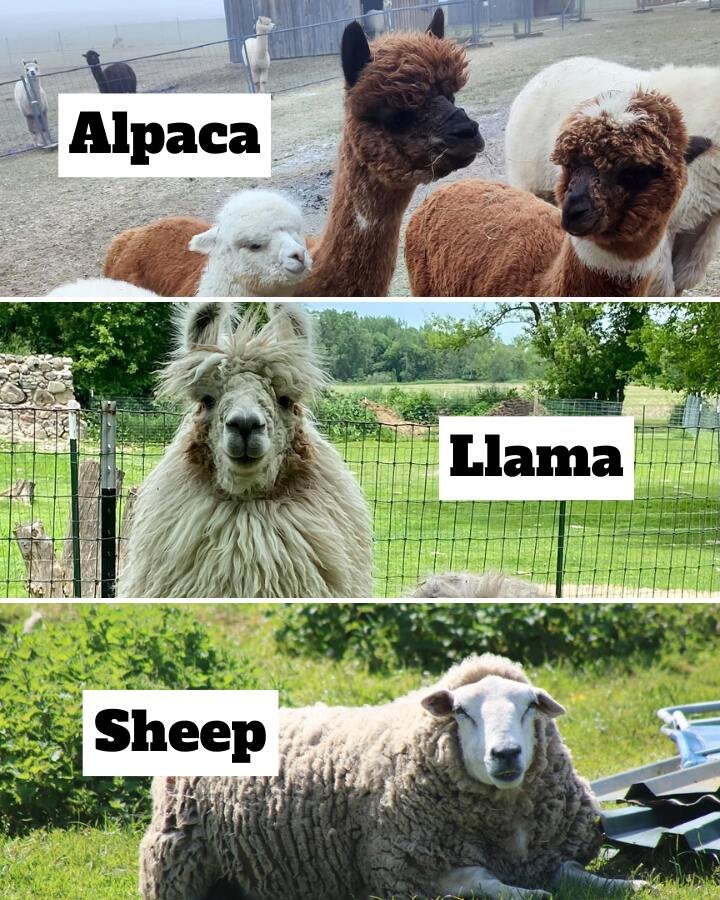
Leave a Reply